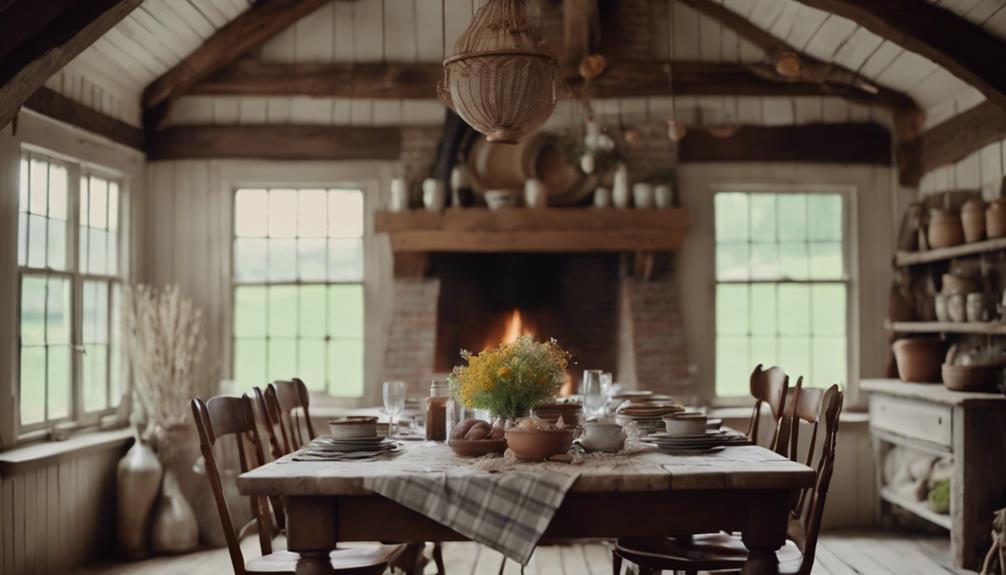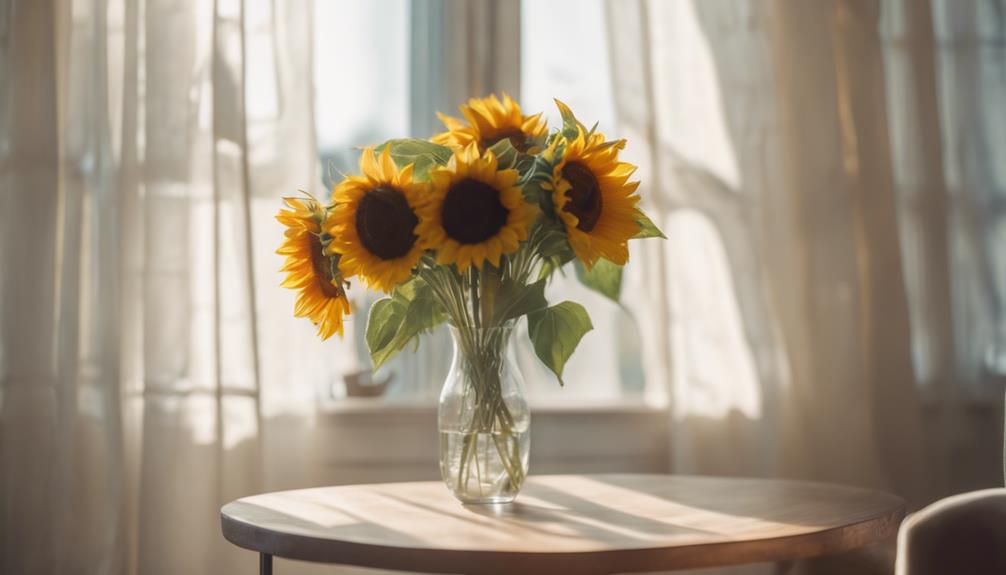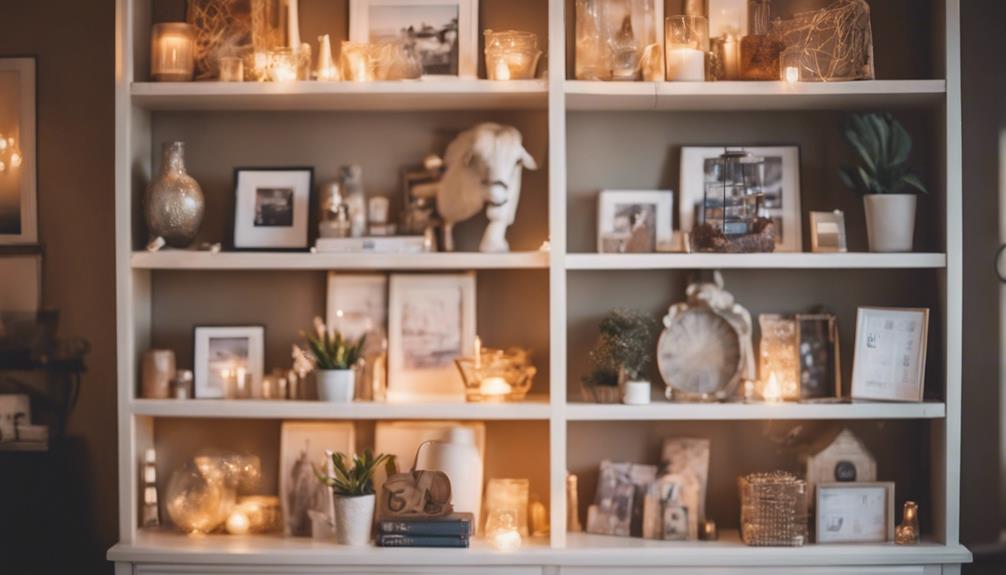To excel in subleasing your apartment, begin by reviewing your lease agreement to confirm subleasing is allowed. Be honest with your landlord about your intentions. After that, explore local listings to understand what appeals to potential tenants and showcase the unique advantages of your apartment, like its spacious layout and nearby attractions. Ensure your space is welcoming by decluttering and enhancing the lighting. If you have furniture, evaluate its appeal and record its condition in your advertisements. These actions will assist you in finding the ideal subletter promptly. Continue reading for additional tips to enhance your success in subleasing!
Key Takeaways
- Review your lease agreement to understand subleasing clauses and ensure compliance with all conditions outlined.
- Communicate openly with your landlord about your subleasing intentions and any required approvals.
- Analyze local competition by researching existing listings to identify attractive features and amenities.
- Enhance your apartment's appeal by decluttering, cleaning, and showcasing its best features through quality photos.
Verify Subleasing Permissions

Before you consider subleasing your apartment, you should first check your lease agreement to see if it includes any clauses about subleasing permissions. If it does, take careful note of the conditions and any restrictions.
Next, talk to your landlord about your intention to sublease; they might have specific requirements or forms you need to fill out.
It's also wise to familiarize yourself with local and state laws regarding subleasing rights, as these can vary considerably.
If you're unsure about the legality of subleasing or need help drafting a sublease contract, consider consulting a lawyer.
Research Local Competition
Researching local competition is essential to effectively position your sublease in the market.
Start by checking existing sublease listings in your area. Take note of successful ad formats and descriptions that catch potential tenants' attention.
Pay attention to common amenities and features highlighted in these listings, like parking, laundry, or outdoor spaces. Observe engagement metrics such as comments and likes to gauge what attracts renters.
This insight helps you tailor your advertisement strategy. By understanding what others offer, you can identify gaps in the market and emphasize your unique selling points.
This competitive analysis not only enhances your listing but also positions you to attract the right tenants quickly and efficiently.
Showcase Apartment Benefits

Highlighting the apartment's benefits can greatly attract potential tenants and make your listing stand out. Start by creating a list of appealing aspects, such as spacious layouts or modern appliances.
Emphasize the building's quietness and the friendly community vibe, which can greatly enhance a tenant's living experience. Don't forget to mention the proximity to local attractions like markets, restaurants, and parks.
If your apartment has unique features, such as stunning views or a balcony, showcase those too. Sharing personal experiences about the neighborhood can also resonate with potential renters, making your listing feel more relatable.
Enhance Visual Presentation
To attract potential tenants, guarantee your apartment's visual presentation is clean, inviting, and well-lit.
Start by decluttering the space; a tidy environment allows viewers to envision their own belongings. Clean all surfaces thoroughly, from countertops to floors, to create an appealing atmosphere.
Next, confirm you have ample lighting; natural light is ideal, so open curtains and blinds. If necessary, use additional lamps to brighten dark corners.
When photographing, showcase all key areas, including amenities like laundry facilities and parking. Don't forget to highlight nearby attractions in your images, as these can enhance your apartment's appeal.
Assess and Manage Furnishings

Evaluate your current furnishings to decide what to keep and what might need replacing or removing for your sublease.
Consider the style and condition of each piece—are they appealing and functional? If you have outdated or damaged items, it's best to replace or remove them.
You might even include some furniture as an incentive for potential tenants, making your space more attractive.
Document the condition of your furnishings in your advertisement photos to set accurate expectations.
If your furniture is bulky and may complicate the move, consider renting instead. This flexibility can simplify your change while appealing to a broader range of subletters.
Prioritize a clean, uncluttered space to maximize visual appeal for prospective tenants.
Conclusion
By following these subleasing secrets, you're not just preparing to move; you're crafting an opportunity. You’re setting yourself up for financial flexibility and potentially new connections and experiences. Whether it’s finding a new place to live or changing up your living situation, subleasing gives you the chance to explore new areas and opportunities. Just like job hunting tips, subleasing secrets can help you navigate the process and make the most of the experience. Keep these nuggets of wisdom in your back pocket as you embark on this exciting new chapter.
You'll find that as you verify permissions, research competition, and enhance your space, everything seems to align perfectly, almost like fate is on your side.
It's in these small details that your ideal subtenant will emerge, drawn to the inviting atmosphere you've created.
Embrace the journey, and watch as your thoughtful efforts transform what could be a stressful process into a rewarding experience.









